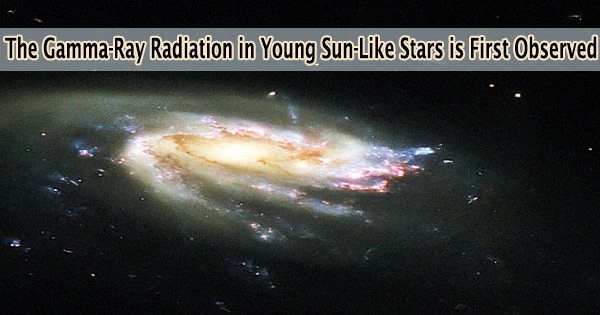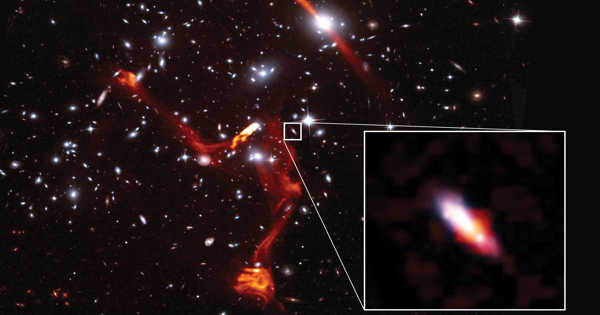Researchers from Argentina and Spain have published the first observational proof that “T Tauri stars,” a class of youthful, low-mass stars, are able to generate gamma radiation. The study is published in Monthly Notices of the Royal Astronomical Society.
Very energetic radiation from the sky cannot be easily observed from Earth. By viewing the cosmos in gamma rays, the most energetic part of the electromagnetic spectrum, the extraordinary sensitivity of the Fermi spacecraft aids in the resolution of this problem.
Since the Fermi satellite’s 2008 launch, it has been continuously studying the sky. Based on these observations, it is known that around 30% of the gamma-ray sources discovered across the whole night sky are still unknown. These gamma-ray detections have uncertain sources.
Ph.D. student Agostina Filócomo and a team of researchers studied some of these mysterious sources in order to determine their origin. The researchers chose to look into why some of the gamma-ray sources appear to come from star-forming areas because they had no other explanation.
The study focuses on star-forming region NGC 2071, which lies in the northern part of the molecular cloud Orion B.
It is also critical to comprehend the processes that occur during the early phases of star formation: if a T Tauri star produces gamma-ray radiation, it will affect the gas conditions of the protoplanetary disk and, consequently, the evolution of planet formation. The discovery of this phenomenon serves to understand how not only the sun but also our home planet, Earth, were formed and evolved.
Agostina Filócomo
The researchers made the decision to focus on objects known as “T Tauri stars,” which are low-mass stars in the process of development, in an effort to attempt and identify the cause of these enigmatic gamma-ray bursts.
T Tauri stars have a core star and an orbiting ring of gas and dust where planets might develop. T Tauri stars are renowned for their erratic brilliance and are frequently discovered close to areas where star formation is happening.
The scientists noticed that the young star-forming region NGC 2071 is located in the same area of the sky as three unidentified gamma emitters that were seen at various times. At least 58 stars classified as T Tauri stars are known to be forming here. There are no other objects in this region that can be a source of gamma-ray emission.
A possible explanation is that sporadic gamma-ray radiation is produced by T Tauri stars during powerful flare episodes known as “megaflares,” in which electromagnetic bursts are produced by magnetic energy stored in the atmospheres of the stars.
Megaflares can span several stellar radii and last a few hours. While there is currently sunspot activity, it is not on the same level as a megaflare. Megaflares are much more potent and would be harmful to life on Earth if they occurred on the sun.
This may provide light on several previously unidentified gamma-ray sources. Understanding the fundamental mechanisms at work in T Tauri stars also sheds light on the initial circumstances that gave rise to the sun and our solar system.
Ph.D. student Agostina Filócomo claims, “This observational evidence is essential for understanding the origin of sources that have previously remained unknown for more than a decade, which is unquestionably a step forward in astronomy.”
“It is also critical to comprehend the processes that occur during the early phases of star formation: if a T Tauri star produces gamma-ray radiation, it will affect the gas conditions of the protoplanetary disk and, consequently, the evolution of planet formation. The discovery of this phenomenon serves to understand how not only the sun but also our home planet, Earth, were formed and evolved.”
















